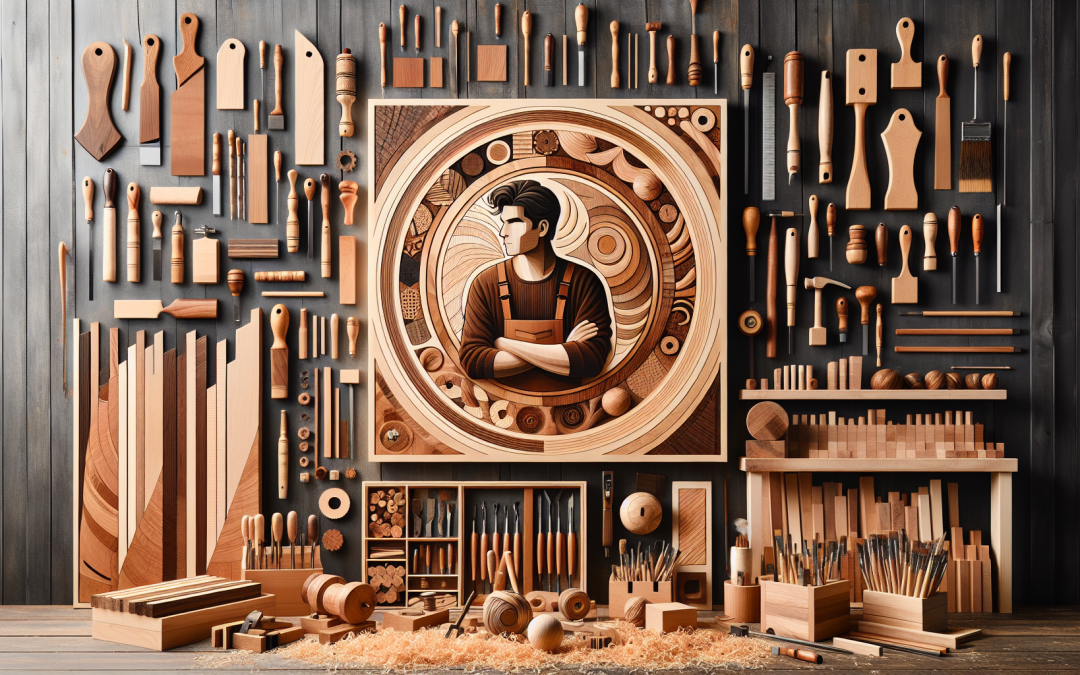Woodworking is an art form that requires mastery, precision, and an understanding of the materials used. Wood inlay techniques, in particular, bring out the best of a woodworker’s talent and creativity. Implementing unique wood inlay techniques can take your artistry to the next level.
Embracing the Essentials of Woodworking
Before delving into detailed inlay techniques, it’s essential to have a solid grasp of the fundamentals. Woodworking relies on a foundational set of tools – from saws and chisels to planes and measuring equipment. Understanding why each tool is vital can significantly improve your dexterity with intricate inlay designs.
Exploring the Science of Wood
Each type of wood exhibits unique properties — including strength, grain, and workability. These properties can significantly impact how your inlay techniques pan out. Certain species are more effective for detailed inlay designs, while others might be more suited to broader, more general applications.
Navigating Woodworking Mistakes
Just like any other craft, woodworking isn’t immune to mistakes. As a woodworker, you might experience measurement errors, weak joints, inappropriate tool use, and other common blunders. However, learning how to prevent these mistakes can help you produce impeccable inlay designs.
Unlocking the Magic of Wood Inlay Techniques
Wood inlay techniques are a blend of science, art, and finesse. They involve inserting contrasting materials into depressions in a wood object to create patterns, designs or pictures. Depending on the complexity, these techniques can range from simple geometric patterns to intricate landscapes.
Here are some popular types of inlay techniques:
- Marquetry: This technique involves the application of veneer sheets in a pattern to form decorative surfaces.
- Parquetry: Known for its geometric patterns, parquetry is often used for flooring and furniture decoration.
- Intarsia: With this technique, various shapes and sizes of wood are fitted together to create a three-dimensional mosaic-like pattern.
- Boulle: Often found in fine furniture, this technique involves using tortoiseshell, pewter, and brass in a decorative pattern.
Bringing Precision to Your Craft
The final element in perfecting wood inlay techniques is precision. Accurate cuts are essential in ensuring a smooth, cohesive design. Using the right blades, correctly setting up your tools, and practicing controlled cutting can drastically improve the quality of your inlay techniques.
In conclusion, embracing unique wood inlay techniques can help improve your woodworking abilities. By understanding and mastering these elements of woodworking, you can effectively create stunning pieces of art that are bound to impress. Remember, it takes time and practice to perfect any craft, so don’t rush your journey to mastery.

